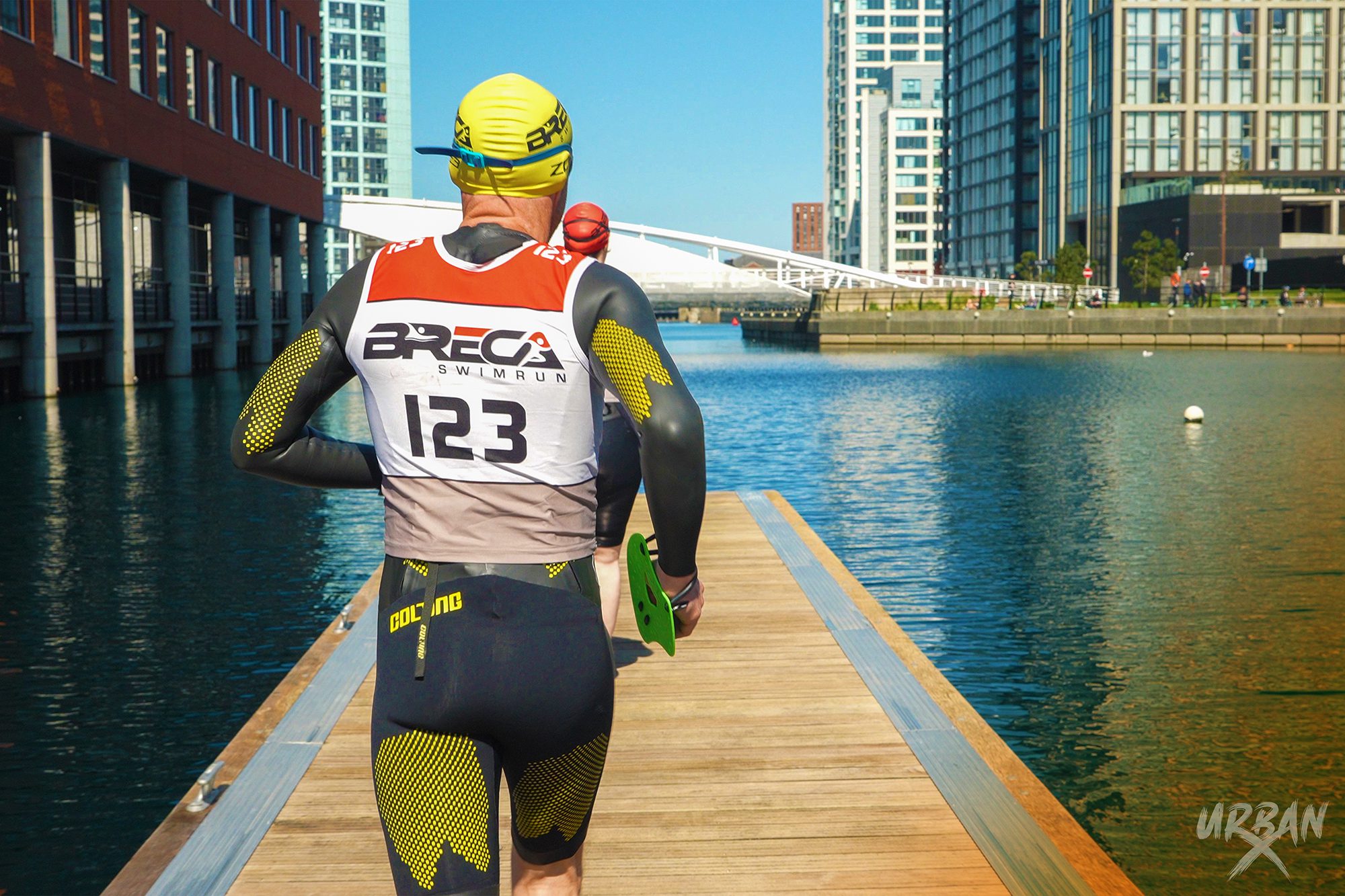
Stunning views over the Pyrenees
Since moving to the Pyrenees six months ago, for me it has felt as if time has stood still. Relatively untouched by tourism, life carries on as normal for its inhabitants, both human and animal, living in either ‘the valley’ or ‘the mountain’.
Indeed, local runners have told me I’m just as likely to bump into a brown bear, an izard (a type of goat-antelope and the symbol of the Pyrenees National Park), a marmot or even a vulture, as I am a hiker or runner on the mountain trails.
Most of us have heard of the Pyrenees, but when pressed closely on its geography and history, there’s generally speaking a bit of a pause as our grey cells go to work.
Flanked by the Mediterranean and Atlantic, and entirely engulfing the independent state of Andorra, the 270-mile-long Pyrenean mountain range forms a natural divide between Spain and France, but each of the six departments that run its length on both sides of the border are as different from each other as chalk and cheese.
Race it yourself
Like many people, I’d heard of the famous GR10, the long-distance ‘Grand Randonnee’ that traverses the entire Pyrenees from one coast to another, and its Spanish sister route, the GR11. And if they aren’t enough of a challenge, there’s the Pyrenean High Route that follows the border of France and Spain.
And of course, it’s impossible not to have read about the Camino de Santiago, of which various strands pass through St Jean Pied de Port before crossing the border into Spain.
All this I knew. But I had no idea that there were literally hundreds and hundreds of other waymarked hiking trails and paths, begging to be run. You only have to look at a 1:25,000 map, and a world of possibilities opens up.
From the sandy beaches of Biarritz, overlooked by the luscious rolling hills of the Pays Basque, to the deep and looming canyons of Ordesa; the spectacular Cirque du Gavarnie, home to the highest waterfall in Europe, to the dry and arid Mediterranean landscape of the Pyrenees Orientales, the Pyrenees has it all.
And smack in the middle you’ll find the jewel that is the Pyrenees National Park. Beautiful yet savage, there is no permanent human habitation in the central part of the park, leaving you with a feeling of complete serenity.
Although they don’t have the same international recognition as those found in the Alps, there are more races in the French Pyrenees than you can shake a muddy trainer at. From epic ultras such as the Grand Raid des Pyrenees (an excellent alternative to the UTMB), trail marathon classics such as the Marathon du Montcalm, to multi-day stage runs and vertical kilometres, there is something to suit everyone.
Of course, if you don’t feel like participating in an organised race, you could simply go out and run any of the 30,000-plus miles of waymarked hiking trails that crisscross the Pyrenees, marked by either yellow, red or white signs.
There are also the excellent ‘Stations de Trail’, created by Benoit Laval, the CEO and founder of trail running outfitters Raidlight. These are a network of signposted, and mostly circular, bespoke running trails (and the odd vertical K), centred around the various ski resorts.

Tobias tackles a tricky descent
And that’s just on the French side. In Spain it’s a whole new world – one so different to its French counterpart and with an entirely different weather system, you’ll find it hard to believe it’s all part of the same mountain range.
The Spanish have done a better job at marketing their trail races, thanks in part to the likes of local Catalan runners Kilian Jornet and Nuria Picas, who’ve stamped their authority on races such as Ultra Pirineu and the BUFF Epic Trail.
And don’t forget the tiny principality of Andorra, home to the Ronda del Cims, a 170K circumnavigation of the country across 16 peaks and widely regarded as one of the toughest hundred-milers in the world.
And then there’s the recently created ELS2900, which is deemed so technical that it’s limited to a carefully selected 50 participants. Andorra might be small, but it packs one hell of a punch.
Having spent the past eight years living in London, I feel like an animal unleashed into the wild. It’s not just the microclimate, the luscious foliage, the high peaks, ethereal valleys, the Cather castles, vineyards, or the plethora of running trails that make me feel at home. It’s becauseI simply love it here. After you’ve run in the Pyrenees, trust me, you will too.






